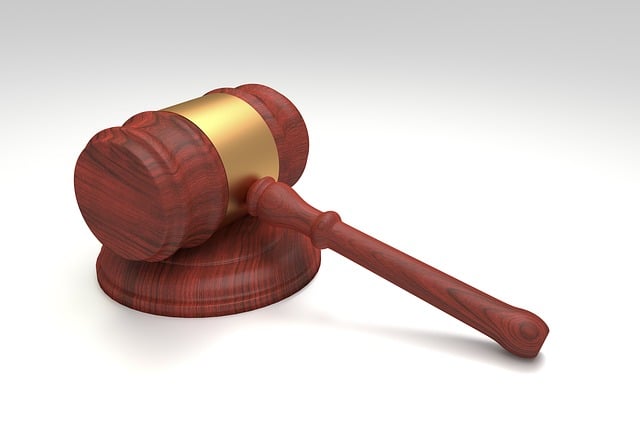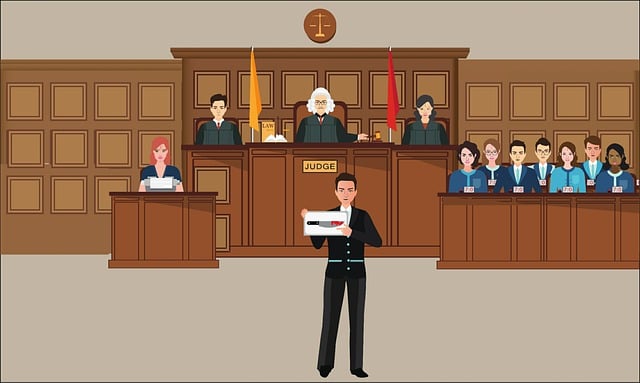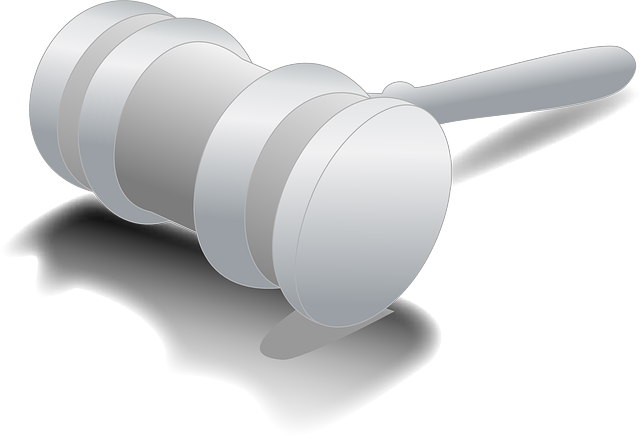Uneven pavement falls pose significant safety risks, leading to auto accidents, injuries, and substantial settlements. Caused by road surface defects like cracked concrete or missing manhole covers, these issues are exacerbated by aging infrastructure, poor maintenance, weather, and subpar repairs. Comprehensive documentation, including photographs, inspection reports, medical records, and witness statements, is crucial in pavement fall lawsuits to establish liability and support clients' recoveries, ensuring optimal outcomes for vulnerable individuals affected by these hazardous falls.
In the realm of legal disputes, particularly those stemming from uneven pavement falls, documentation plays a pivotal role. This concise guide explores why comprehensive record-keeping is crucial in such cases. Uneven pavement can lead to serious injuries, and understanding common causes and associated risks is essential. Effective documentation practices not only prove liability but also ensure legal success for plaintiffs, fostering safer public spaces. Dive into this article to uncover the intricacies of documenting uneven pavement falls and their impact on legal outcomes.
- Understanding Uneven Pavement Falls: Common Causes and Risks
- The Role of Documentation in Proving Liability
- Effective Documentation Practices for Legal Success in Pavement Fall Cases
Understanding Uneven Pavement Falls: Common Causes and Risks

Uneven pavement falls are a significant concern in public safety, often leading to serious auto accident injuries and subsequent accident settlements. These incidents typically occur when there is an irregularity or defect in the road surface, such as cracked or broken concrete, uneven joints, missing manhole covers, or poorly maintained grooves. Common causes include aging infrastructure, poor maintenance, heavy traffic loads, extreme weather conditions, and inadequate repair work.
The risks associated with these falls are numerous. Pedestrians, cyclists, and motorists can all be affected, with potential outcomes ranging from minor scrapes to severe fractures and head injuries. For vulnerable populations like the elderly or individuals with mobility issues, an uneven pavement fall can lead to significant disability and a decreased quality of life. Proper documentation is therefore crucial in pavement fall lawsuits, as it helps establish liability by providing evidence of the defect, its cause, and the resulting harm to the client’s recovery.
The Role of Documentation in Proving Liability

In uneven pavement fall lawsuits, documentation plays a pivotal role in proving liability. When a plaintiff claims that an unsafe walking surface caused their injury, detailed records can irrefutably establish the owner’s or maintenance company’s negligence. This includes photographs showing the exact condition of the pavement, dates and times of inspections or reported incidents, and any correspondence related to repairs or warnings about potential hazards. Such evidence not only demonstrates a breach of contract or duty of care but also helps in quantifying damages.
Moreover, documentation can provide context and clarify the sequence of events leading up to the fall. Medical records, for instance, can detail the extent of injuries sustained, while witness statements can corroborate the plaintiff’s version of events. A personal injury lawyer can effectively use these documents to build a compelling case, ensuring that every aspect of the uneven pavement fall is thoroughly investigated and presented in the best light for their client.
Effective Documentation Practices for Legal Success in Pavement Fall Cases

In the pursuit of legal success for uneven pavement fall cases, effective documentation practices are paramount. It’s not merely about gathering evidence; it’s about strategically organizing and presenting it in a manner that strengthens the client’s case. Photography is a powerful tool here; capture clear images of the hazardous condition from various angles to document its extent and nature. Additionally, detailed notes on the incident, including time, date, weather conditions, and any witness statements, can significantly enhance the credibility of the claim.
Beyond this, maintaining thorough records of medical treatment, repair estimates for damages, and communications with property owners or management are crucial. These documents not only substantiate the personal injury attorney‘s argument but also demonstrate a breach of fiduciary duty on the part of the responsible party, potentially leading to more favorable outcomes for the claimant. Effective documentation is, in essence, the backbone of any successful uneven pavement fall lawsuit, ensuring that justice prevails and that those harmed receive the compensation they deserve.
Documentation plays a pivotal role in paving the way for success in pavement fall lawsuits. By meticulously capturing and presenting evidence, victims can effectively prove liability and secure justice. Uneven pavement falls, often caused by neglect or maintenance issues, can result in severe injuries. Through detailed records of the incident scene, medical reports, and eyewitness accounts, legal teams can construct a compelling case. Implementing robust documentation practices ensures that every aspect of the uneven pavement fall is thoroughly examined, ultimately enhancing the chances of achieving favorable outcomes for those affected by such accidents.






